About São Jorge
The Azores
Known for their natural beauty and awarded in categories such as Sustainable Tourism or Adventure Tourism, the 9 islands of the Azores form an archipelago of unique beauty, which has captivated visitors and enchanted residents for centuries.
Officially Autonomous Region of the Azores, it is a transcontinental archipelago of volcanic nature and an autonomous territory of the Portuguese Republic, located in the Northeast Atlantic, with political and administrative autonomy.
From a geographical standpoint, the islands are divided into three groups: the western group, consisting of the islands of Corvo and Flores; the central group, formed by the islands of Graciosa, Terceira, São Jorge, Faial, and Pico; and the eastern group, represented by the islands of São Miguel and Santa Maria. Its current population (2021 data) is around 236,657 inhabitants.
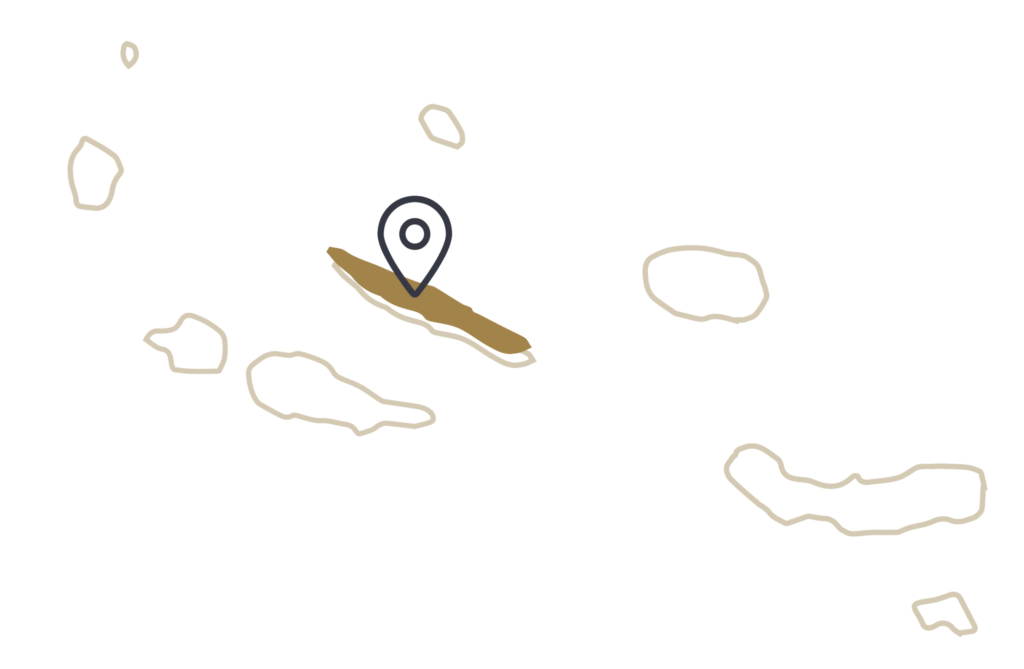
Ready for a unique adventure?
If you're interested in the history, culture, and other facts about Faial, here you will find information that can help you learn a little more.
Official Language: Portuguese
Religion: Catholic
Official Currency: Euro (€)
Geography
With its elongated and narrow shape that distinguishes it in the middle of the Atlantic, the island of São Jorge has an area of 243.9 km², extending about 54 km in length and only 6.9 km in maximum width. Known for its impressive fajãs – small coastal plains formed by landslides or lava – São Jorge is characterized by an imposing mountain range that runs across the island from end to end. The highest point is Pico da Esperança, rising to 1,053 meters in altitude, offering stunning views of the ocean and nearby islands.
Climate
Located in the middle of the Atlantic Ocean, in the center of the Azores’ anticyclone zone, bathed by the warm waters of the Gulf Stream, São Jorge enjoys the temperature of a moderate maritime climate, with little variation in temperature and an annual average of 24º Celsius. Showers are common, followed by periods of sunshine, especially from October to April.
It is believed that Portuguese navigators encountered São Jorge along with the other surrounding islands. Settlement is thought to have begun around 1460, making it the second island in the central group to be inhabited. A decade later, several population centers were established along the west and south coasts, including Velas.
The island’s architecture was built in harmony with the surrounding landscape. On the island, you can see picturesque ports that serve as gateways to houses and secular churches with stories to tell. Religious architecture is at its peak in the Church of Santa Bárbara, classified as a National Monument.
The “fajãs” are the island’s main landmark and have been part of the UNESCO World Network of Biosphere Reserves since 2016. The customs associated with the fajãs, unique to the Azores, have been consolidated over the years, resulting in a cultural specificity that persists to this day.
The high-stitch quilts stand out in the island’s craftsmanship and continue to be made on wooden looms in Fajã dos Vimes.
In April, the São Jorge Festivals are celebrated in Velas, with processions, exhibitions, and musical performances. In May, like the other islands, the Holy Spirit Festivals are celebrated, with various pilgrimages to the different fajãs, ending in popular parties animated by traditional music. However, the island’s main festivals are the Cultural Week in Velas and the July Festival in Calheta. Both held in July, these festivals offer a cultural program with exhibitions, lectures, ethnographic parades, folk music, and nighttime entertainment. Many inhabitants from the other islands take the opportunity to travel to São Jorge for these festivities.
To learn more about the island’s history, a visit to the Sacred Art Museum in Velas or the Francisco Lacerda Museum in Calheta is a must.
To explore museums and museum centers in the region, visit: http://www.redemuseuscolecoesvisitaveisacores.pt
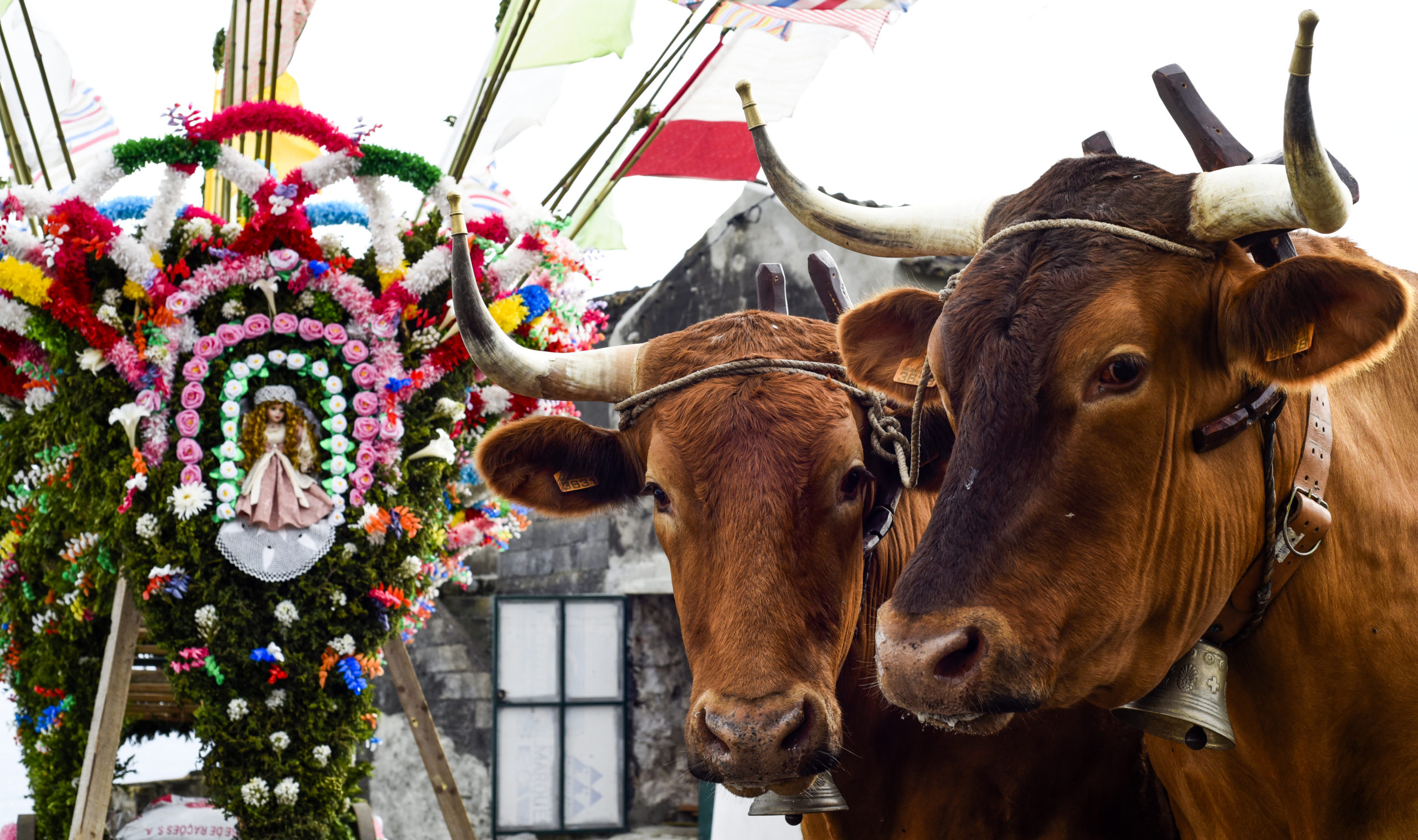
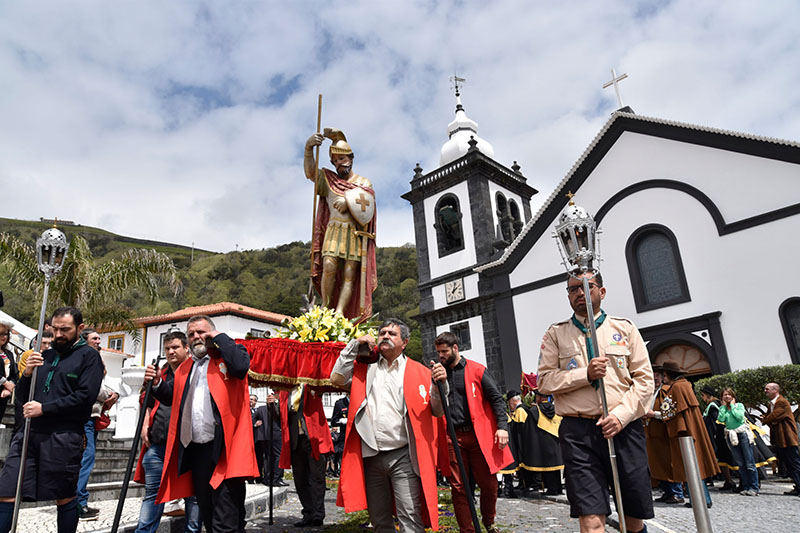
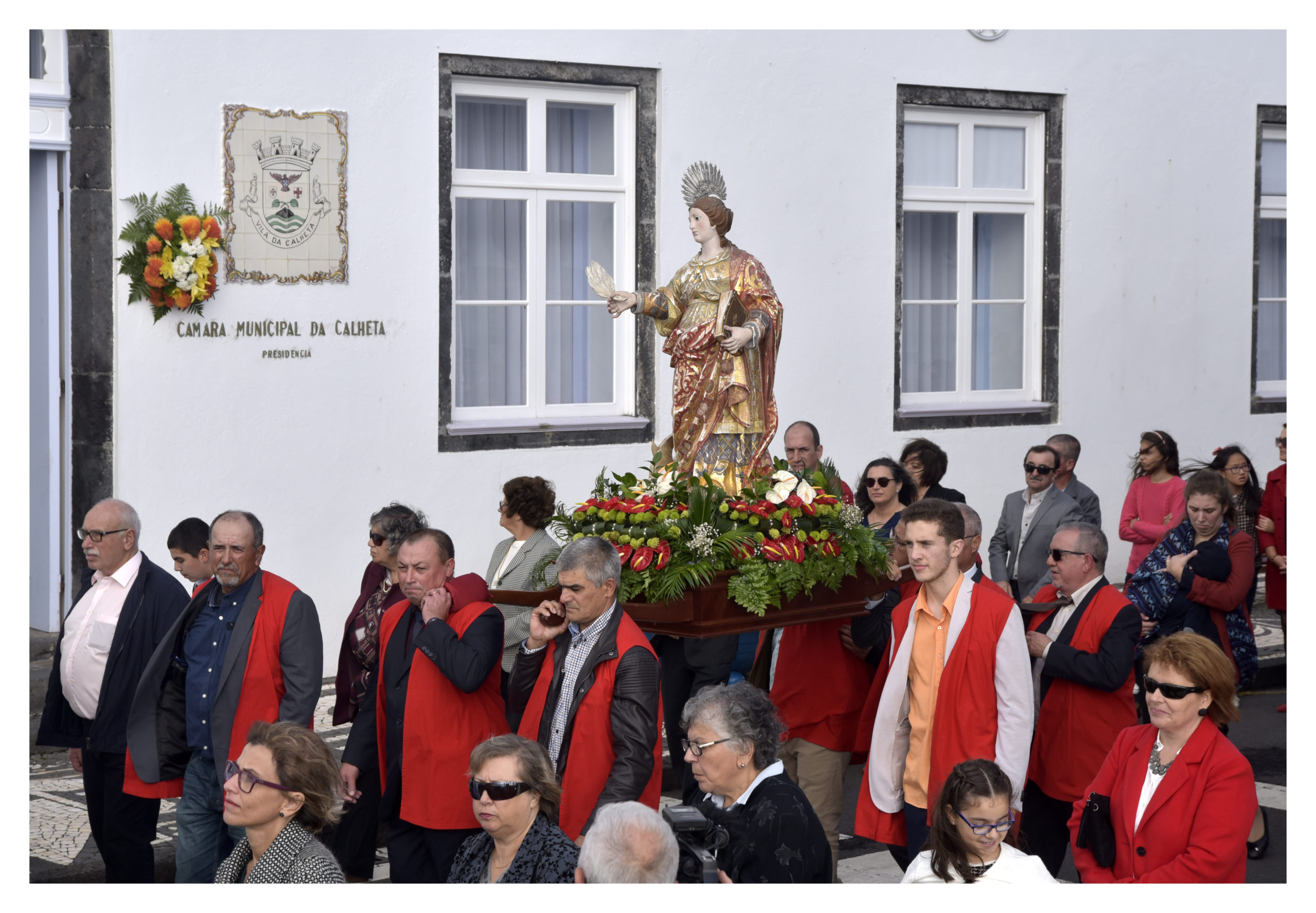
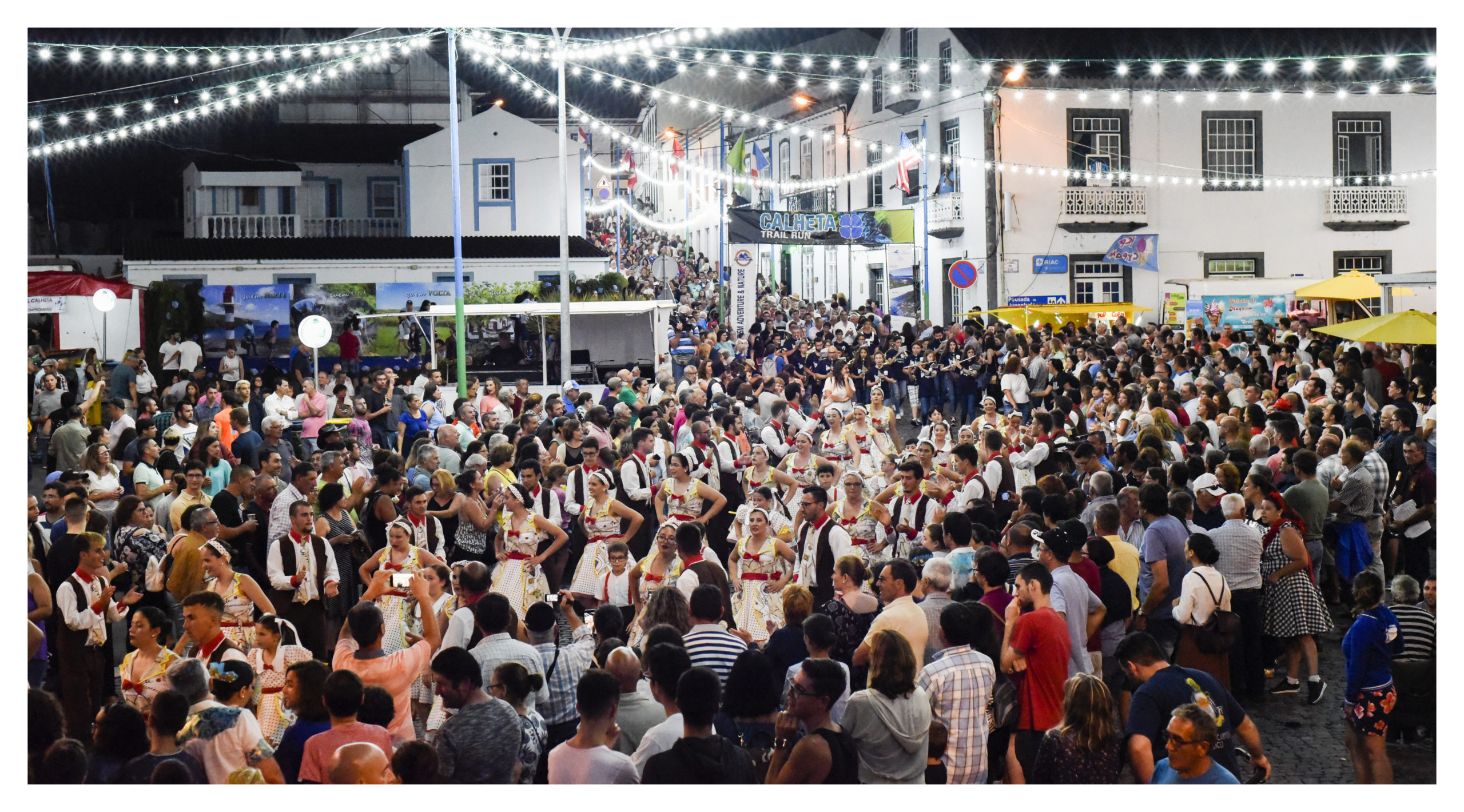
The “fajãs” are the main landmark of São Jorge’s landscape and have been part of the UNESCO World Network of Biosphere Reserves since 2016. They were also awarded an honorable mention in the 2020 National Landscape Award, during the 3rd National Conference on Architecture and Landscape.
The São Jorge Fajãs Biosphere Reserve covers a total area of 98,114.17 hectares, corresponding to the entire land area of São Jorge Island and its surrounding marine area, with the outer limit extending 3 miles from the coastline. The customs associated with the fajãs, unique to the Azores, have been consolidated over the years, resulting in a cultural specificity that persists to this day.
São Jorge Island features an extensive coastline, due to its elongated shape, and the mountainous appearance is primarily due to the steep cliffs, especially on the northern coast, which makes the landscape more rugged. In addition to the deep valleys, there are others that do not reach sea level, remaining suspended high on the cliffs and creating magnificent waterfalls.
Along the coastline, there are occasionally flat surfaces, known as “fajãs” (slope fajãs and lava fajãs), which are a distinctive feature of the island, marked by the balanced relationship between humans and nature, along with unique experiences, landscapes, and biodiversity.

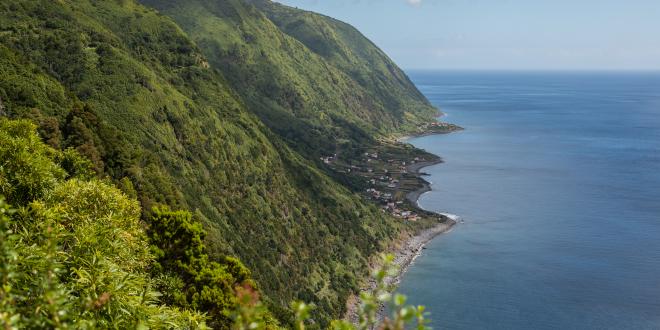
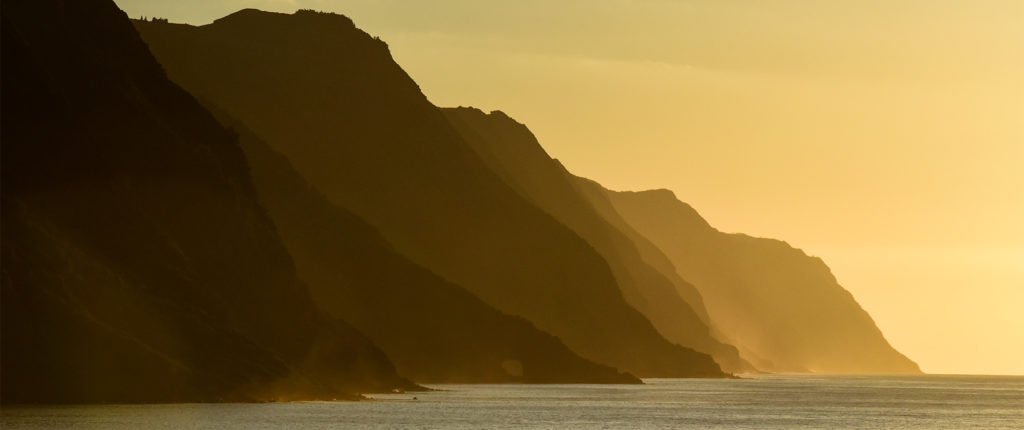
The most famous product of the island is undoubtedly São Jorge Cheese. With Protected Designation of Origin, it is a cured cheese with a hard or semi-hard texture, a clean taste, slightly spicy, and a strong aroma. It is internationally known, and its qualities make it stand out distinctly from other Portuguese cheeses. It maintains its traditional production method.
The clams from Caldeira de Santo Cristo are recognized for their excellent quality, and their harvesting is regulated, so this delicacy can only be enjoyed in a few selected restaurants.
The microclimate of some fajãs has allowed the appearance of agricultural rarities, such as a plantation of coffee plants, a rare case in Europe: in Fajã dos Vimes, coffee is produced with an intense flavor and aroma, made from locally harvested beans. Many visitors head to this small fajã to taste the delicious coffee, which is unique because it is organic.
Cinnamon brandy complements the island’s sweets, where coscorões, rosquilhas, and curd cakes are traditional recipes. The species, a sweet in the shape of a horseshoe with “windows” through which the filling can be seen, are typical of the island. There are several versions of the recipe, all of which feature spices such as fennel, cinnamon, or pepper.
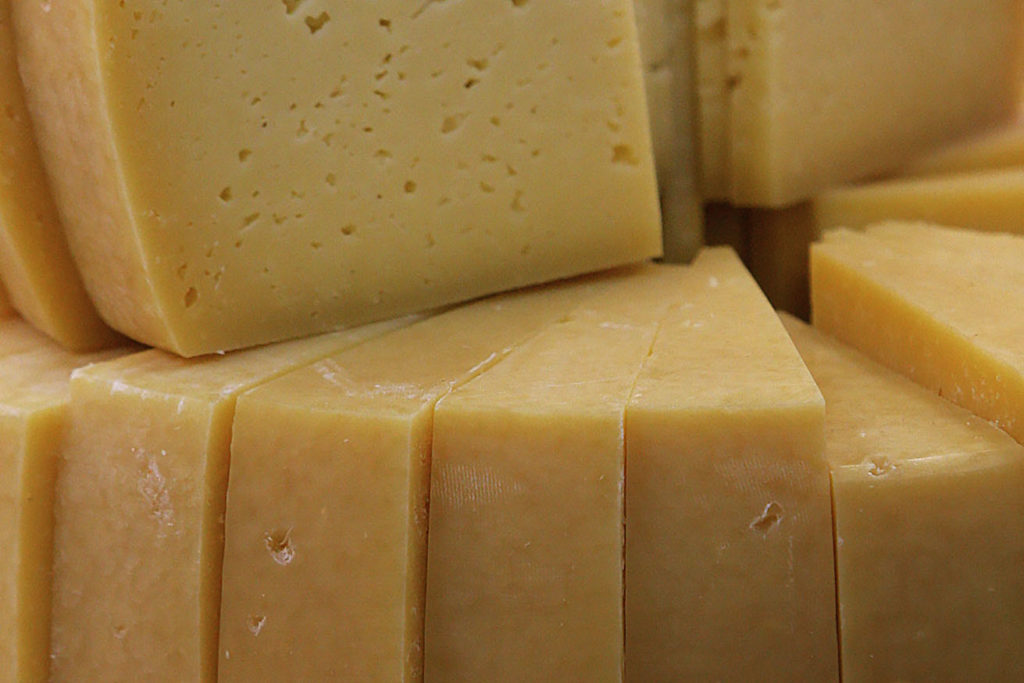
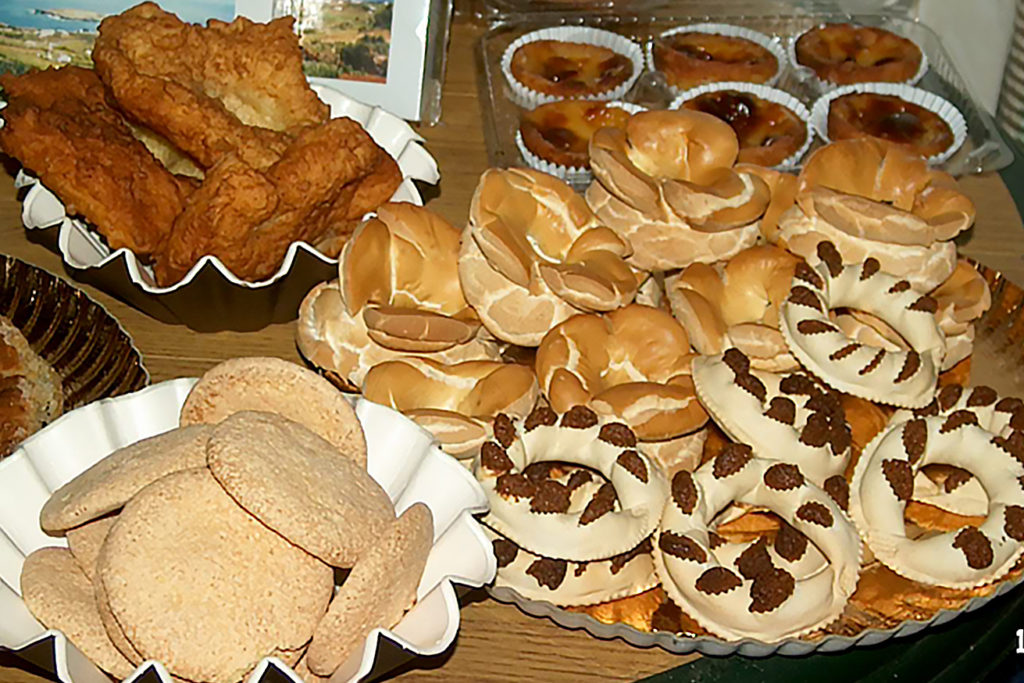
Craftsmanship, better than any other testimony, embodies the wealth of a heritage, vast and full of interesting aspects, where the peculiar way of life of the people is projected: the inventive genius, innate manual skill, refined aesthetic sense, natural acknowledgment of the surrounding geographical environment, and a distinct and personal character.
The women of the island embroider linen with traditional patterns and make delicate lace. The quilts, made on looms, have a tradition that dates back to antiquity when families’ clothing depended on wool and linen.
Basket weaving, pottery, and the production of everyday objects made from local cedar wood, as well as the guitars heard on festive days, are tasks handled by the men of the island.
Even today, the old looms are used to make colorful wool quilts, which are used throughout the island to cover beds and decorate windows on festive occasions.
In addition to the local craftsmanship, which you can purchase as a souvenir of your visit to the island, there is also a wide range of commerce that will meet your needs during your stay.

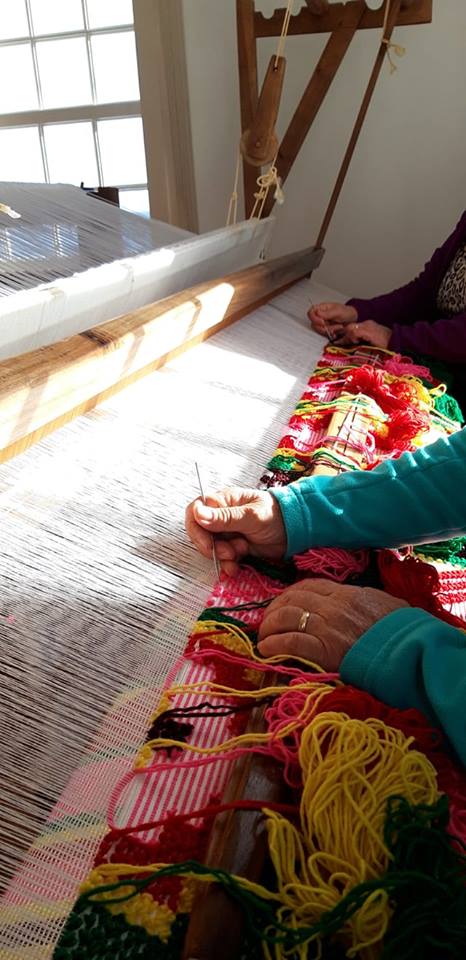
Velas Health Center: (+351) 295 730 070
Calheta Health Unit: (+351) 295 460 120
Emergency Number: 112
Emergency Service for Deaf Citizens:
You can contact the Civil Protection emergency services via Skype video call for SERViiN – LGP INTERPRETER or by dialing 12472. The Portuguese Sign Language interpreter will communicate with the emergency service of your choice. This service is available from Monday to Friday, from 7:00 AM to 10:00 PM, including holidays.
APP PROCIV Açores:
This app provides information about self-protection measures for risks like fire, earthquakes, storms, technological incidents, and more. It also sends alerts about weather warnings and seismic communications and assists with first aid for accident and poisoning victims.
For 112 calls, the app allows you to make a call depending on the type of emergency (accident, sudden illness, or others) and automatically sends an email with your profile data directly to the Medical Emergency Line for faster and more efficient help.
The Civil Protection provides brochures with self-protection measures (MAP) and/or relevant information for the population and visitors.
Click the link below to access the documents that you can consult or download: Self-Protection Measures
Public Security Police of Velas: (+351) 295 412 339
Public Security Police of Calheta: (+351) 295 105 180
Humanitarian Association of Volunteer Firefighters of Velas: (+351) 295 412 115
Volunteer Firefighters of Calheta: (+351) 295 460 110

